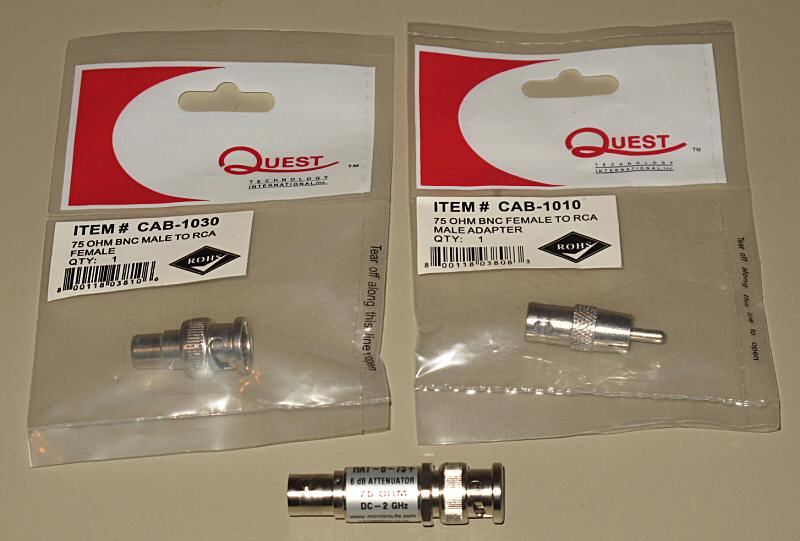This is a great tweak. I still use mine on my DAC SPDIF input.
The science in Pat's post is still as valid today as it was in 2011.
Reflections and Attenuatorshttps://www.audiocircle.com/index.php?topic=90454.0 What to expect:
- More solidity and focus to the sound stage
- Center images have a new roundness and low level information is easier to hear
- Less of a digital edge, the music is easier to listen to which also means it can be played louder without fatigue
- Sibilants are controlled and the music flows effortlessly
John Keny is the respected modifier of the HiFace MK2, he explains what is happening much better than I can:
"What you are hearing with these RF attenuators is a reduction in reflections ( & hence jitter). These reflections only occur in high speed signal transmissions (in the MHz/GHz range ) & will not be seen in the slower analogue signals. Therefore the RF attenuators have no significance to analogue RCA cables.
To try to explain, consider the MHz signal like a wave in water. If this wave meets a rock sticking up out of the water reflections will be created. Many rocks, many different reflections! These rocks are the equivalence of impedance anomalies that are found in real world digital systems. The faster the signal the more reflections arise. The Hiface produces fast SPDIF signals. Fast signals are a benefit for digital - it makes for a better, more accurate signal.
So what you are hearing with the attenuators is a reduction of jitter which I believe is proof positive of the sonic effect of jitter. You know people question/argue about jitter & what level is audible & indeed if it has any effect on audio. These attenuators answer that question."The BNC to RCA adapters are 75 ohm to match the attenuator

Wayne